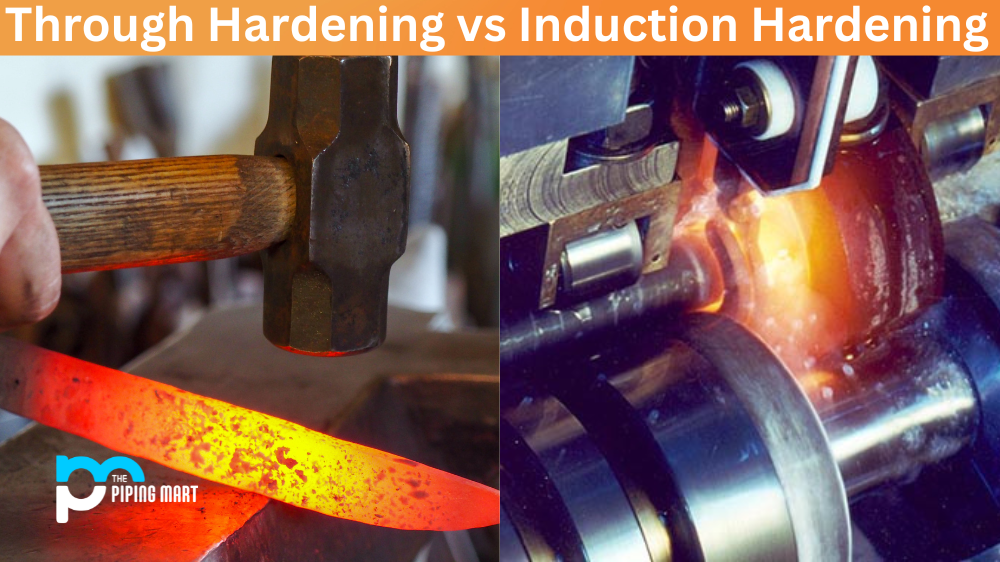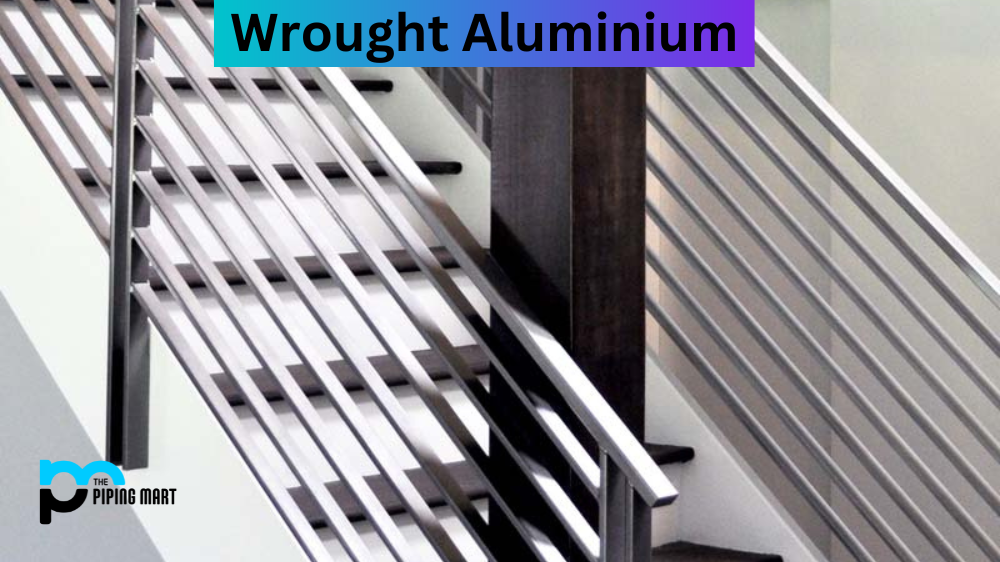One or more metal/rubber bellows are found in highly developed mechanical devices known as expansion joints for piping or expansion bellows. When a pipeline, duct, or vessel experiences thermal expansion or contraction, expansion joints are employed to absorb the dimensional changes that result while keeping the system pressure in check.
There are a few reasons why piping systems have expansion joints added. They can be used to adjust for misalignment, relieve anchor tension, and reduce noise in addition to absorbing vibrations and shock. Some expansion joints are additionally made to accommodate thermal expansion in extremely hot environments.
Pipes can move in three different ways with the aid of expansion joints:
- axial extension or compression
- Lateral offset
- Angular deflection
Why do I need one?
However, let’s quickly review some of the main factors that make expansion joints useful in piping systems:
- Thermoplastic piping expansion
- Fix lateral offsets and early pipework misalignments
- vibration in pumps and equipment
- bending loads and shock loads
- to reduce pressure and stress on the system.
- to be compact in design (space constraint)
- to compensate for misalignment.
The entire process is connected; each step has an impact on the next. For a process to maximise uptime, a reliable piping system is essential. The plumbing system will last longer if it is properly maintained since it will keep the pipes in top functioning condition.
Types of Pipe Expansion Joint
- Simple Expansion Joint – a tiny quantity of movements are absorbed using this.
- Universal Expansion Joint – used to absorb a variety of piping system movements when one axial expansion joint cannot handle them all.
- Pressure Balanced Expansion Joint – A flexible expansion joint is designed to withstand multiple forces. The forces from various directions are cancelled out by the equivalent but opposite forces that are produced by the flow and balancing bellow at the same pressure.
- Hinged Expansion Joint – Set in groups of two or three, taking into account movement in any number of directions. It is designed to absorb a powerful axial pressure force and deflect the motion.
- Gimbal Expansion Joint – It utilises its hinges to absorb rotation from any plane, much like hinge expansion joints.
Materials of Pipe Expansion Joint
There are both metallic and non-metallic materials for expansion joints. In the piping sector, the following materials are frequently used as expansion joint materials:
- Teflon or PTFE
- Steel is stainless (Austenitic Steel, SS 304 and SS 316)
- an elastomer such as rubber
- steels with high-grade nickel alloys (Inconel, Incoloy, Monel, and Hastelloy)
- Glass fiber
Thus, expansion joints are manufactured to suit particular requirements depending on your application, including media passing through the joint, pressure and temperature inside the system, and life expectancy.

Pipingmart is B2B portal specializes in industrial, metal and piping products. Also, share latest information and news related to products, materials and different types grades to help business dealing in this industry.




